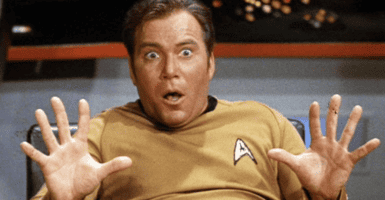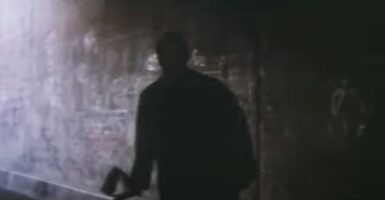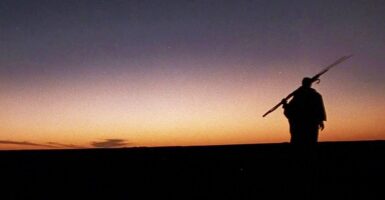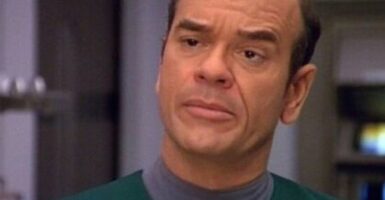World War Z’s Original Ending Would Have Taken Some Dark Turns
This article is more than 2 years old
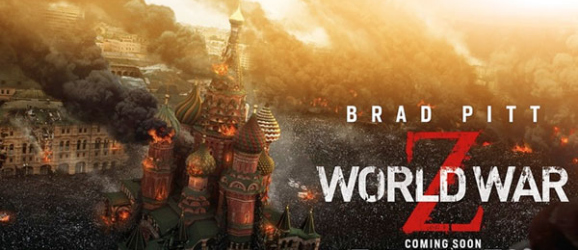 Over the weekend, Marc Forster’s zombie apocalypse thriller World War Z surprised many with its over-performing box office take. World War Z did so well that Paramount Pictures is quickly putting a sequel in development to capitalize of the film’s success.
Over the weekend, Marc Forster’s zombie apocalypse thriller World War Z surprised many with its over-performing box office take. World War Z did so well that Paramount Pictures is quickly putting a sequel in development to capitalize of the film’s success.
World War Z was supposed to be a trilogy, but somewhere along the way things took a wrong turn, with the production halting and stumbling into a mess of rewrites and reshoots that seemed to suggest World War Z would be dead on arrival. So now that the movie has found success, we can’t help but wonder what the movie’s original ending was like, before it all became an epic mess. Thankfully, the good people at Movies.com managed to unearth the film’s original screenplay, which paints a very different ending from the one on screen this past weekend.
Spoilers for World War Z below!
If you were one of the many people who watched World War Z over the weekend, you know the film takes a drastic tonal and narrative shift two-thirds into the movie. Although the end result is surprisingly cohesive, there are still many questions surrounding what Damon Lindelof (Star Trek Into Darkness) and Drew Goddard (The Cabin In The Woods) — who were hired to fix the film’s third-act problems — brought to World War Z.
Apparently the zombie film’s ending was originally more action-packed and gruesome than what we watched in theaters. In early promotional materials for World War Z, there were numerous images of the Kremlin in Moscow in flames and ruins. These haunting images are not in the film at all, but point to a climactic third-act battle in Russia.
As Gerry Lane (Brad Pitt) and Israeli soldier Segen (Daniella Kertesz) board an airplane to exit Jerusalem, instead of crash-landing near a World Health Organization facility, the script originally had them land safely in Moscow. Once there, the sick and elderly passengers are immediately executed, but Gerry Lane is forced into military service to help fight off zombies.
The film then cuts to many months later; Gerry has lost contact with his family and is now an efficient zombie-killing machine. He uses a killing tool called a “Lobos,” which is a shovel/axe hybrid that is mentioned in Max Brooks’ best-selling novel. The Russian troops are also divided by religion, the thinking being that maybe they’ll fight better as a unit if they all share the same religious beliefs.
After a stretch of zombie battles, Gerry gets his phone back, so he calls to see if his family is safe. Karin Lane (Mireille Enos) picks up the phone and we find out that she is in a refugee camp. This is where the film takes the darkest turn yet, as Karin exchanges sex with a soldier for protection. The soldier in question was one of the soldiers who saved the Lane family on the New Jersey rooftop at the beginning of the film. If you have a keen eye, you might have noticed that actor Matthew Fox (Lost) was one of the soldiers during the helicopter rescue. Sadly, Fox was written out of the film because of the rewrites.
When Gerry finds out that his family is still alive, he escapes Russia and sets out to re-unite with them. The original ending was open-ended enough to make room for a sequel, possibly involving Gerry’s voyage back to the States.
Now it’s unclear how much of this original ending was shot, but it’s pretty interesting to see how much World War Z deviated from its original screenplay. There are a few leaked images of the Russian section of the film, so hopefully it will find its way to the zombie film’s Blu-ray/DVD release.
You can read more about World War Z’s original ending over at Movies.com.









